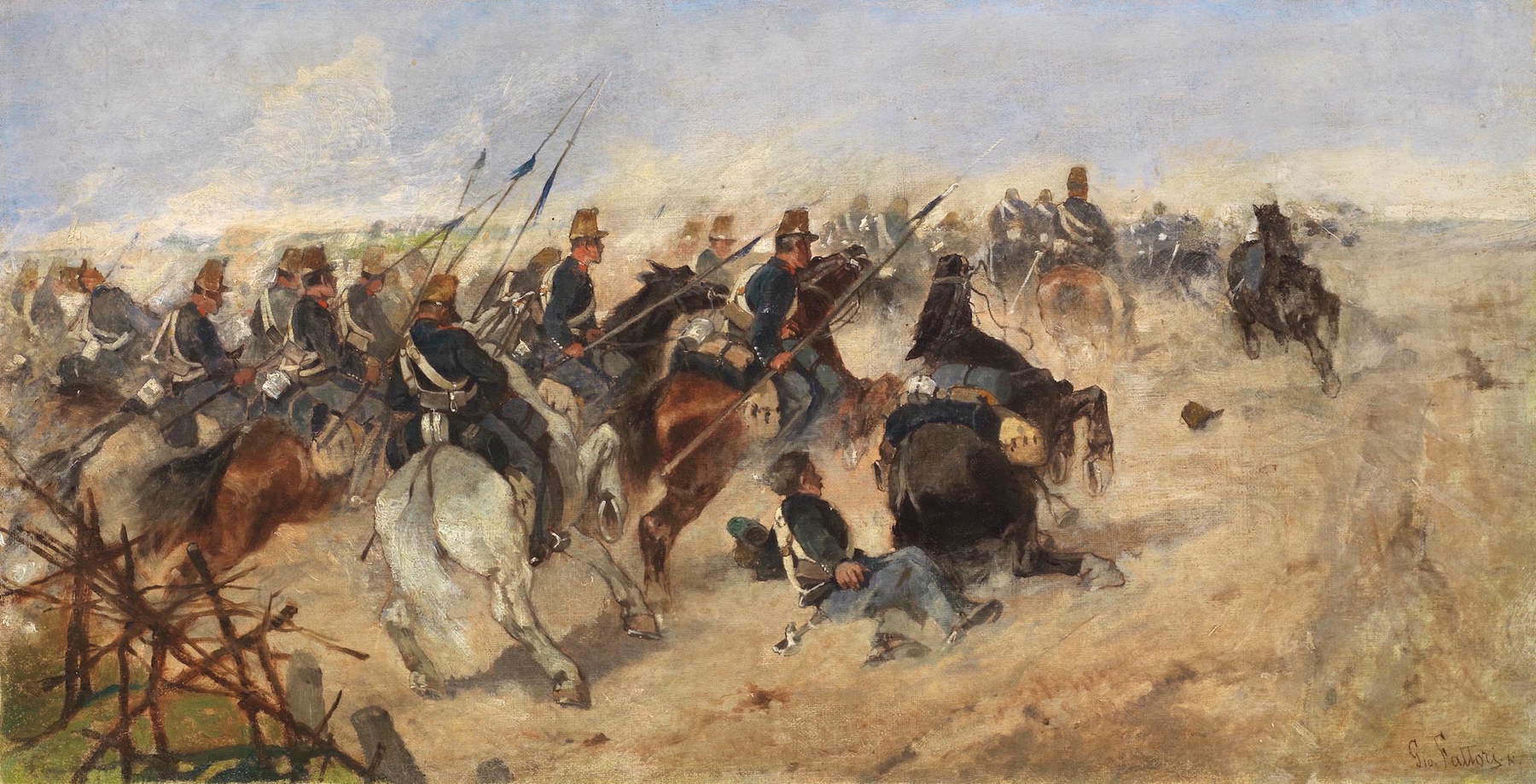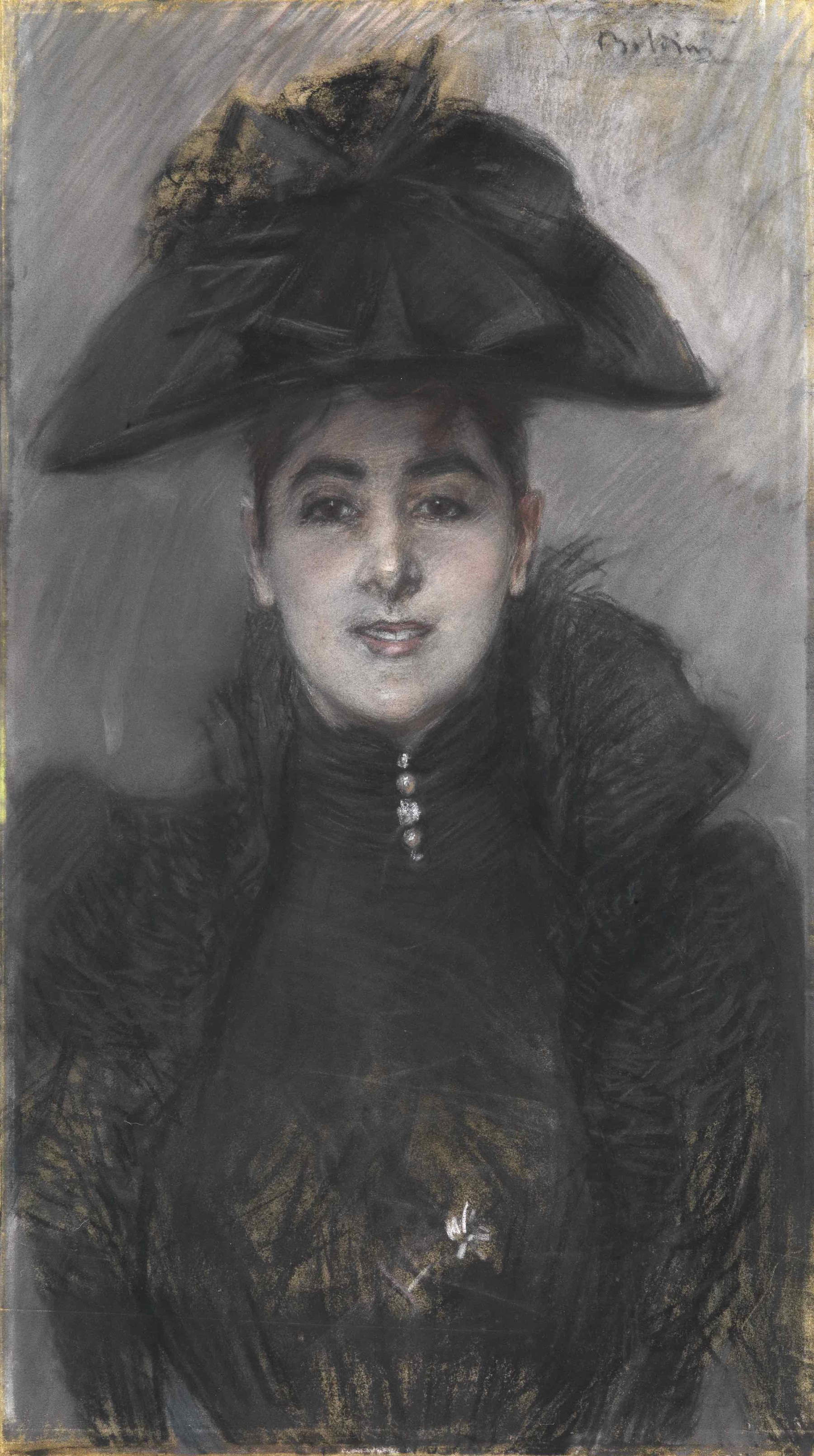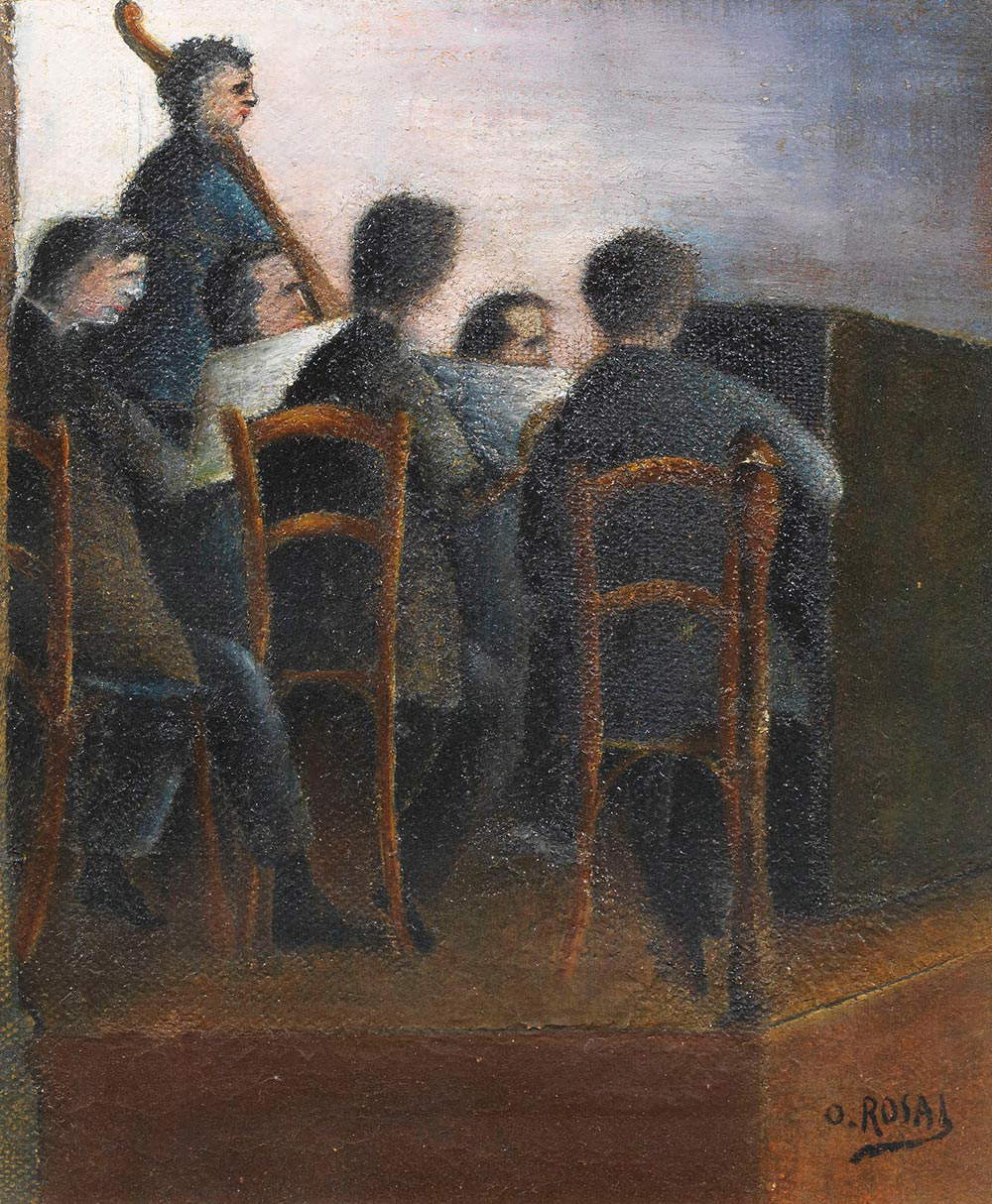Fattori, De Chirico, Boldini, Balla, Morandi, Severini, Casorati, Guttuso... are the protagonists of an exhibition that animates the Florence branch of the Tornabuoni Arte gallery from Sept. 13 to Nov. 11, 2023. Entitled Reality and Dream. From Fattori and Guttuso, the exhibition stands as a journey through 20th-century Italian figurative art, including still lifes, landscapes and human figures. From the expressive brushstrokes of Giovanni Boldini to the evocative compositions of Plinio Nomellini, from the dynamism of Gino Severini’s forms to the enigmatic symbolism of Giorgio de Chirico, to the compositions of Giorgio Morandi, theexhibition invites the public to immerse themselves in the complexity of figurative art, proposing an unprecedented rereading of the works of these great masters of the 20th century, who brought fundamental novelties to the art scene and still influence the contemporary context.
Opening the exhibition chronologically is Giovanni Boldini, one of the leading Italian painters of the late 19th century, a sensitive interpreter of the Belle �?poque and very close to Impressionism. On display we find Portrait of Miss Concha de Ossa, painted around 1888, which testifies to his marked vein as a portraitist, especially of female figures, almost always upper middle-class women whom Boldini knew how to portray at their most feminine and full of personality.

We also find the human figure portrayed in the works of Pompeo Borra, whose Modelle (1936), where the Milanese artist abandons purist abstraction to approach the humanism of Piero della Francesca, is shown in the exhibition, and in Modèle devant le miroir dans l’atelier by Mario Cavaglieri, oil on canvas from 1911, which depicts-as the title suggests-a woman in front of a mirror in an atelier, outlined through rarefied and refined painting. We also find Giacomo Balla’s Light in the Light, in which the female character is merely a pretext for creating a play of reflections and transparencies that anticipates the author’s more Futurist subjects, which would prevail around the mid-1930s. In Felice Casorati ’s Fanciulla bruna (Brown Girl ) and Le stiratrici (The Ironing Women ), on the other hand, the attention to form is evident, as it is also in Mario Tozzi’s Capanno al mare (Cabin by the Sea ): here, however, the figures of the bathers reach the highest degree of sublimation, they become idols, pure objects of contemplation. They are not only impassive, but are also the expression of an enigma.
Emblematic subjects of figurative art, there can be no shortage of still lifes such as those portrayed by Gino Severini - a multifaceted artist who participated in all the different phases of Italian and European painting in the 20th century - whose exhibited here, Il balcone (La fenetre), part of a series of paintings made in 1930 in front of the terrace of his atelier in rue Marie Davy, Paris, and Natura morta con galli e pesci (Still Life with Roosters and Fish ) from 1936-1937, where Severini, following his peculiar pictorial idea, detaches objects from their traditional context to bring them to life in the painting’s environment. Then, among the works depicting inanimate elements, Filippo De Pisis’s delicate compositions stand out, such as Vaso di fiori in un interno (Vase of Flowers in an Interior ) from 1945, sketched with just a few touches, original and sprightly, where the forms, undone, are immersed in a poetic atmosphere. Completing this section is Giorgio Morandi for whom still life represented a way of life, a filter through which reality could be read, interpreted, sublimated.


Finally, an exhibition section will be devoted to landscapes: those of Carlo Carrà - who at first adhered to Futurism, later abandoning it to approach Metaphysical poetics - scenarios of a proportionate and rigorous geometry such as Campagna di Assisi (1940); those of Giovanni Fattori, among the greatest exponents of the Macchiaioli current, and of Plinio Nomellini; again, the Tuscan views of Ardengo Soffici and those close to Cubism by the painter and writer Renato Paresce, one of the protagonists of Italian painting in Paris in the 1920s.
Reality and Dream. From Fattori to Guttuso also aims to be an opportunity to admire some works by Giorgio de Chirico, the father of metaphysical painting, one of the most innovative experiences of the first part of the century. Finally, among the artists on display we find: Pietro Annigoni, Piero Marussig, Mario Sironi and Alberto Savinio, among the initiators of the artistic movement of the 20th century, and finally some wonderful works by the Florentine painter Ottone Rosai.
After the conclusion of the exhibition, from December 2023 Tornabuoni Arte will return as every year to present its Anthology, a selection of the most important works of Modern and Contemporary Art.
Exhibition opening hours: Monday through Friday, 9 a.m. to 1 p.m. and 3 p.m. to 7 p.m., free admission. Phone +39 055 6812697 | info@tornabuoniarte.it - www.tornabuoniart.com
 |
| From Fattori to Guttuso, a journey through 20th century painting in Florence at Tornabuoni's |
Warning: the translation into English of the original Italian article was created using automatic tools. We undertake to review all articles, but we do not guarantee the total absence of inaccuracies in the translation due to the program. You can find the original by clicking on the ITA button. If you find any mistake,please contact us.